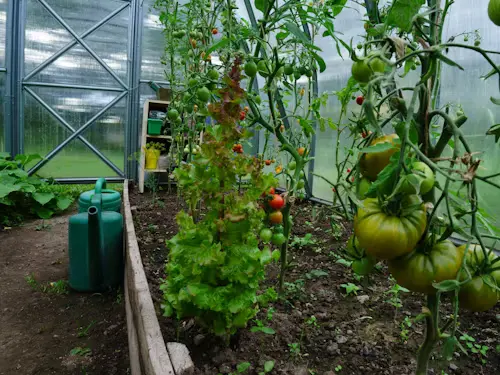
Indoor plants can brighten any space, but they require specific care to stay healthy. Whether you’re growing succulents, ferns, or flowering plants, these best practices will ensure your indoor plants thrive.
- Light Requirements: Light is essential for plant growth, but the amount varies by plant. Some indoor plants, like succulents, need plenty of direct sunlight, while others, like ferns, thrive in indirect or low light. Pay attention to where you place your plants. If natural light is insufficient, consider supplementing with grow lights.
- Watering: Overwatering is the most common mistake people make with indoor plants. Water your plants when the top inch of soil is dry, and be sure to empty saucers to avoid waterlogged roots. Succulents and cacti prefer dry conditions, while tropical plants may need more consistent moisture.
- Humidity: Indoor environments can be dry, especially in the winter. Some plants, like ferns and orchids, prefer higher humidity. You can increase humidity by misting plants, placing them near a humidifier, or setting them on trays filled with water and pebbles.
- Fertilizing: Indoor plants need nutrients, especially if they’re in the same pot for an extended period. Use a balanced liquid fertilizer during the growing season (spring and summer). Follow the instructions carefully to avoid over-fertilizing.
- Repotting: Every year or two, check if your plant is root-bound. If roots are growing out of the drainage holes or circling the pot, it’s time to repot into a slightly larger container with fresh soil.
By following these best practices, you’ll keep your indoor plants healthy, vibrant, and growing strong year-round.











